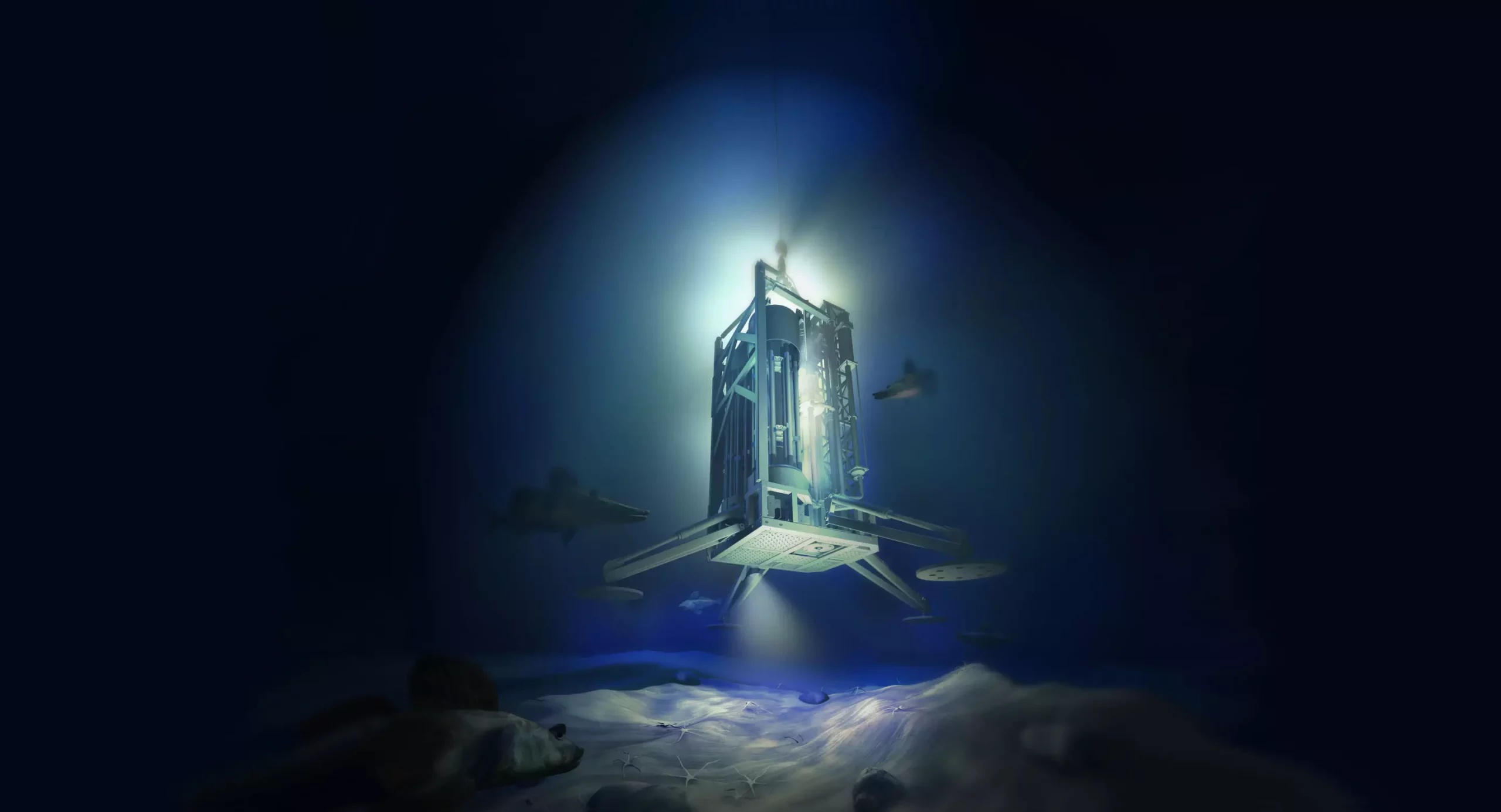The melting of the Antarctic ice sheets has been a cause for concern in recent years. Researchers have found that the ice in Antarctica is melting at an alarming rate, particularly in West Antarctica as opposed to East Antarctica. This difference in melting rates has led to questions about the formation of the Antarctic ice sheet and how it has evolved over millions of years. An international research team, led by the Alfred Wegener Institute, has made significant discoveries that shed light on the history of Antarctic glaciation.
Through the analysis of sediment samples from drill cores and complex climate and ice-sheet modeling, researchers have been able to trace back the formation of the Antarctic ice sheet to around 34 million years ago. Contrary to previous assumptions, the permanent glaciation of Antarctica did not cover the entire continent at once. Instead, it began in East Antarctica and took at least 7 million years to advance towards the west coast of the continent. This new understanding of the timing and spread of the Antarctic ice sheet provides valuable insights into the region’s response to external forces and climatic changes.
The research team’s findings highlight the significant differences in how East and West Antarctica react to climate shifts. While East Antarctica was the first region to undergo permanent glaciation, West Antarctica remained ice-free during the initial phase of Antarctic glaciation. The unique climatic conditions in East Antarctica, particularly in the Northern Victoria Land region, allowed for the rapid spread of ice caps into the hinterland. In contrast, it took millions of years for ice to advance to the West Antarctic coast, where warmer temperatures made it more susceptible to melting.
The study’s findings have important implications for understanding global climate dynamics and the impact of permanently glaciated areas on the environment. By combining geological data with paleoclimate modeling, researchers have identified key regions where the Antarctic ice sheet first formed and how it evolved over time. This new insight not only enhances our understanding of past climate transitions but also helps improve climate models to predict future changes accurately.
The research team’s groundbreaking discoveries were made possible through innovative drilling techniques and collaborations with institutions around the world. The development of the MARUM-MeBo70 drill rig allowed researchers to retrieve deep sediment samples from the seabed off the West Antarctic coast, where conventional drilling methods had previously failed. This technological innovation, combined with international partnerships, has enabled scientists to fill critical knowledge gaps and advance our understanding of Antarctic ice melting.
As we confront the challenges of global warming and climate change, the study of Antarctic ice melt provides valuable insights into how our planet’s climate has evolved over millions of years. By unraveling the mysteries of the Antarctic ice sheet’s formation and evolution, researchers are better equipped to address the urgent need for sustainable environmental solutions. With continued research and collaboration, we can hope to mitigate the impact of climate change and protect the fragile ecosystems of Antarctica for future generations.


Leave a Reply